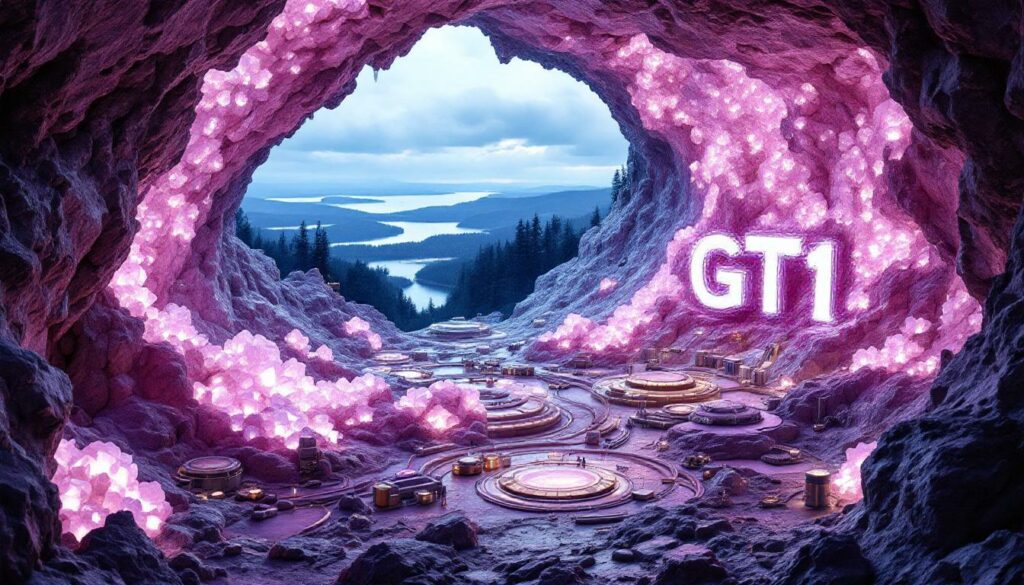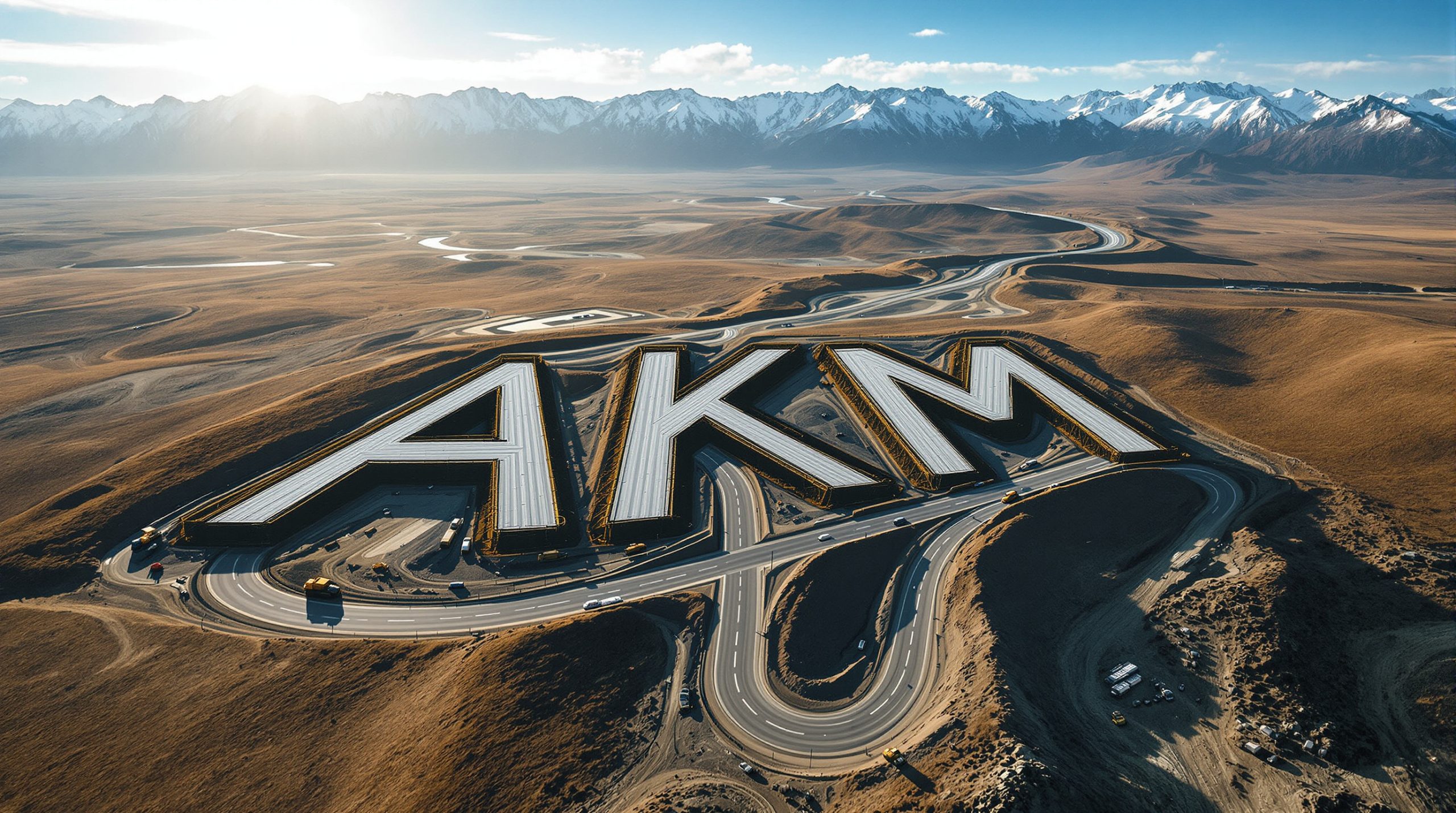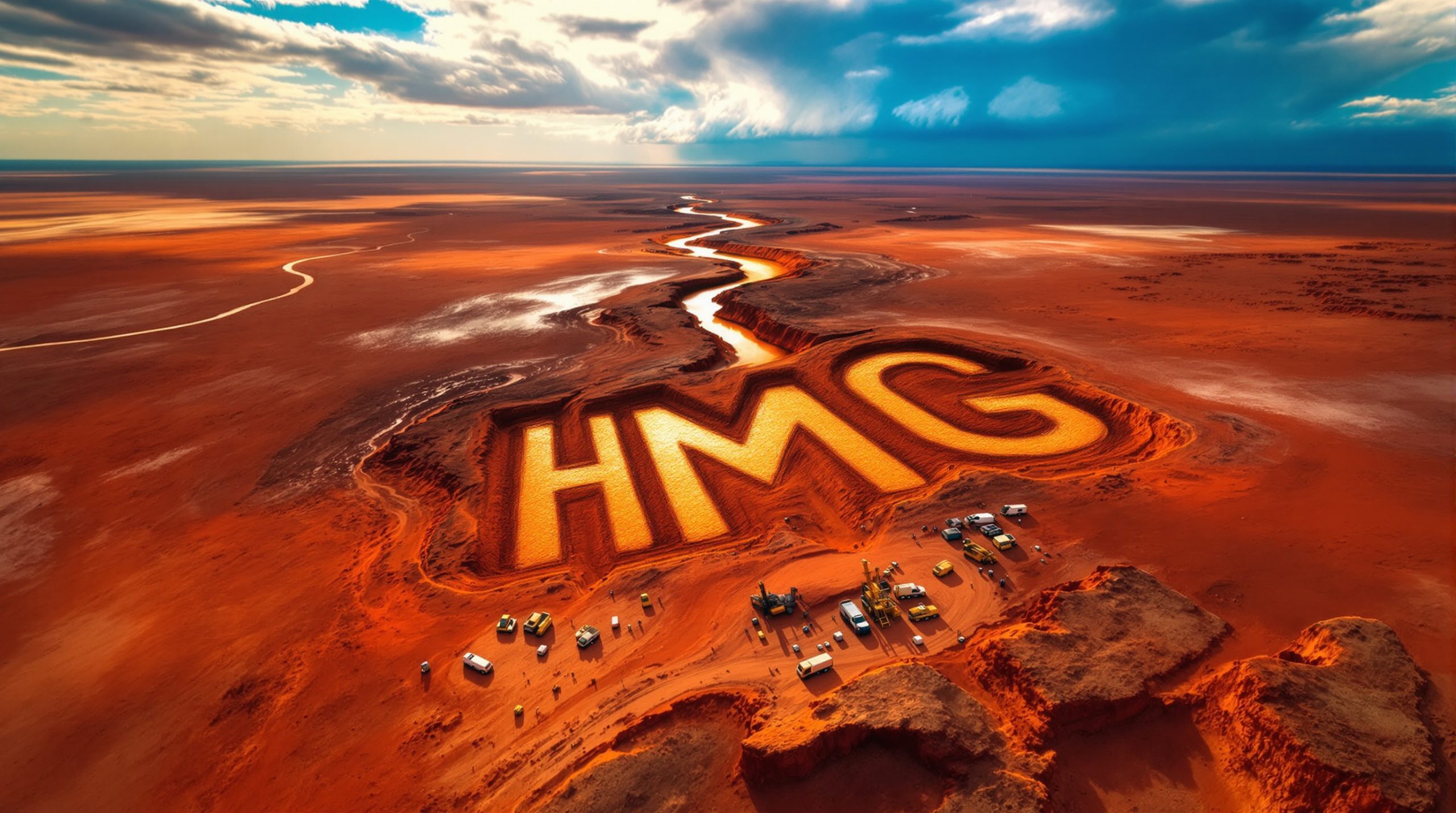Major High-Grade Rubidium Resource Adds New Dimension to GT1's Lithium Strategy
Green Technology Metals (ASX: GT1) has identified a substantial rubidium resource at its Seymour Project in Ontario, Canada, potentially adding a valuable revenue stream to the company's core lithium operations. The maiden resource of 8.3 million tonnes at 0.27% Rb₂O (containing approximately 23,000 tonnes of rubidium oxide) includes an exceptional high-grade component of 3.4 million tonnes at 0.40% Rb₂O (containing approximately 13,600 tonnes of Rb₂O).
This Green Technology Metals rubidium discovery positions Seymour among the most significant rubidium projects globally, distinguished by its scale, grade, and classification confidence. The resource lies entirely within the existing 2023 North Aubry lithium resource, creating a compelling opportunity for low-cost by-product recovery. Furthermore, the increasing green tech shareholder support has been instrumental in advancing projects like this.
"The discovery of significant rubidium mineralisation at Seymour adds an exciting new dimension to our project's strategic value. As one of the largest high-grade rubidium resources on the ASX and the most substantial in Canada, Seymour is well positioned to play a critical role in the global supply of this high-value specialty metal." – Cameron Henry, GT1 Managing Director
Understanding Rubidium: A High-Value Critical Mineral
Rubidium is a rare alkali metal that trades at a significant premium to lithium, with high-purity material priced at approximately USD $1,060 per kilogram. This is primarily due to its critical applications in advanced technologies and limited global supply. In fact, recent research has highlighted the growing rubidium US defense supply chain concerns, further elevating its strategic importance.
What Makes Rubidium Valuable?
Rubidium is essential for several high-tech applications:
- Defense systems: Night vision equipment and radiation detection
- Aerospace applications: Ion engines for spacecraft
- Advanced electronics: Fiber optic telecommunications
- Quantum technologies: Quantum computing components
- Medical applications: Medical imaging and pharmaceuticals
The global rubidium market is projected to grow from USD $4.63 billion in 2023 to USD $8 billion by 2033, representing a compound annual growth rate of 5.6%. This growth is driven by increasing demand from emerging technology sectors and constrained global supply.
Both the United States and Japan have designated rubidium as a critical mineral vital for their defense and advanced technology supply chains, underscoring its strategic importance.
Significant By-Product Potential with Minimal Additional Processing
What makes GT1's rubidium discovery particularly compelling is that it appears to be recoverable as a by-product from the company's existing lithium operations. Historic metallurgical test work identified rubidium grades of up to 1.3% Rb in mica-rich waste streams that are already separated during the lithium processing flowsheet.
This presents a valuable opportunity to generate additional revenue with minimal additional processing costs, as the mica separation is already part of the company's dense media separation (DMS) processing for lithium. The laser ablation results showed the mica contains an average of 1.2% Rb and 0.7% Li₂O.
The table below shows the remarkably consistent rubidium values across different size fractions:
| Sample | Li₂O % | Fe₂O₃ % | SiO₂ % | AI₂O₃ % | Ta₂O₅ % | Rb % |
|---|---|---|---|---|---|---|
| Average Mica +3.35 mm | 0.7 | 2.57 | 46.7 | 36.9 | 117 | 1.0 |
| Average Mica +2.8 mm | 0.8 | 2.46 | 46.9 | 36.5 | 139 | 1.2 |
| Average Mica +2.36 mm | 0.7 | 2.46 | 46.1 | 37.7 | 134 | 1.2 |
| Average Mica -2.36 mm | 0.7 | 2.26 | 46.3 | 37.6 | 120 | 1.3 |
| Average Mica | 0.7 | 2.44 | 46.5 | 37.2 | 127 | 1.2 |
Exceptional Drilling Results Confirm High-Grade Potential
The North Aubry deposit has demonstrated some exceptionally high-grade rubidium intercepts. Significant drilling results include:
- 15.46m at 0.68% Rb₂O (including 7m at 0.90% Rb₂O and 4m at 1.17% Rb₂O)
- 13.8m at 0.60% Rb₂O (including 3.49m at 1.12% Rb₂O and 1.59m at 1.55% Rb₂O)
- 20.22m at 0.38% Rb₂O
- 19.68m at 0.93% Rb₂O (including 12.82m at 1.05% Rb₂O)
- 16.66m at 0.62% Rb₂O (including 5.73m at 1.06% Rb₂O)
These high-grade intercepts confirm the potential for selective mining of higher-grade rubidium zones if economically advantageous. Additionally, recent critical metals gallium discovery at other sites in Australia suggests growing interest in these specialty metals across the mining sector.
Strategic Positioning in Critical Minerals Supply Chain
GT1's Seymour Project is strategically positioned to benefit from several market factors:
- Limited global rubidium supply: Very few deposits worldwide contain economic concentrations
- Critical mineral status: Listed on U.S. and Japanese critical minerals lists
- Strategic location: Ontario, Canada provides proximity to large U.S. market
- Strong trade ties: Robust Canada-Japan economic relationships provide access to key markets
The Green Technology Metals rubidium discovery enhances GT1's potential to access additional strategic funding streams to advance the Seymour project, as governments increasingly prioritize critical mineral security. However, the competition remains fierce, with some companies focusing on high-grade gold results as an alternative investment strategy in the mining sector.
Future Plans: Technical Validation and Integration
GT1 plans to conduct targeted test work to better understand rubidium distribution throughout the processing flowsheet and determine the technical and commercial viability of recovering it as a saleable by-product.
The company will focus on:
- Mapping rubidium distribution in the processing circuit
- Optimizing recovery methods with minimal additional equipment
- Determining market potential and pricing for different rubidium products
- Integrating rubidium recovery into the overall project economics
Why Investors Should Follow GT1
This Green Technology Metals rubidium discovery significantly enhances GT1's investment proposition:
- Diversified critical minerals exposure: Adds high-value rubidium to GT1's lithium portfolio
- Low-cost by-product potential: May generate additional revenue with minimal incremental cost
- Strategic market positioning: Exposure to critical minerals markets beyond lithium
- Enhanced project economics: Potential to improve overall returns from the Seymour Project
- First-mover advantage: One of few companies globally evaluating rubidium as a by-product
GT1 has positioned itself at the intersection of two critical mineral markets – lithium and rubidium – creating a unique opportunity for investors seeking exposure to the growing critical minerals sector. Companies with clear exploration strategy in Western Australia are similarly attracting attention from investors looking for diversified mining opportunities.
As the company advances its understanding of the rubidium opportunity and integrates it into its broader development strategy, GT1 represents an increasingly compelling proposition for investors interested in the critical minerals essential for the clean energy transition and advanced technology applications.
Looking for the Next Major Mineral Discovery on the ASX?
Discovery Alert's proprietary Discovery IQ model can notify you instantly when significant ASX mineral discoveries like GT1's high-grade rubidium resource are announced, turning complex geological data into actionable investment insights. Visit our discoveries page to understand how early identification of major mineral discoveries can lead to substantial investment returns.




